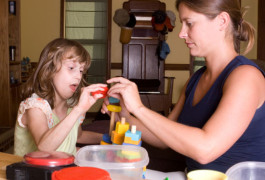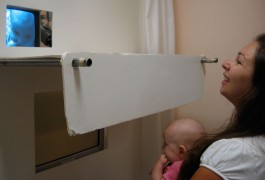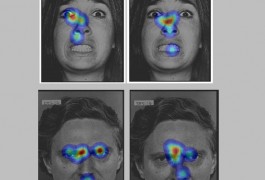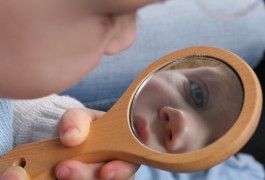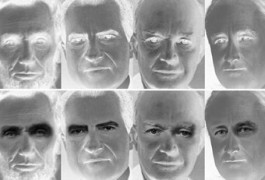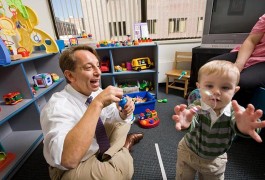Early intervention yields big benefits for children with autism
An early intervention method called the Early Start Denver Model can help children with autism improve their language and behavioral skills, and raise their intelligence quotients, according to a study published in Pediatrics.
